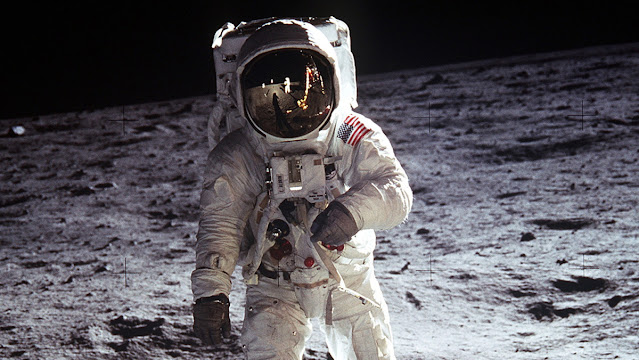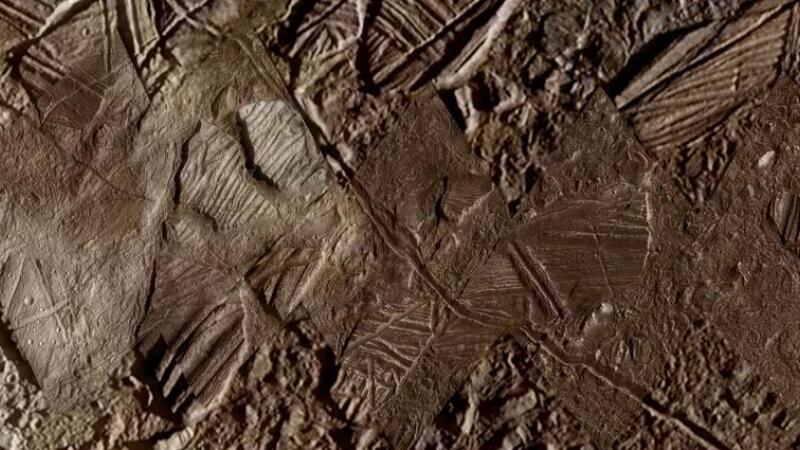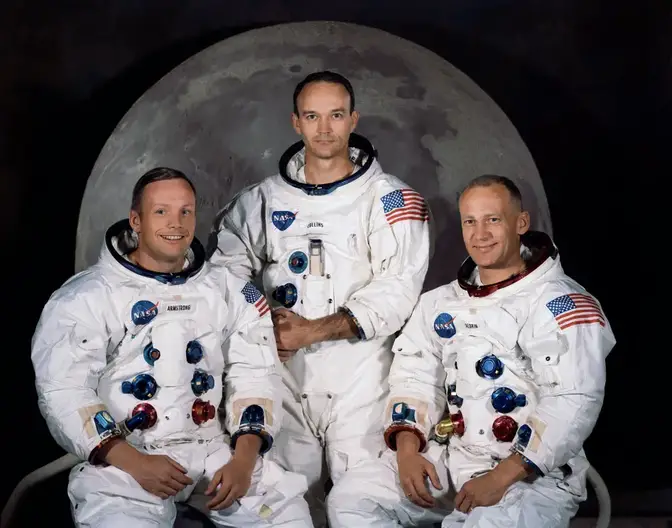
The Apollo 11 crew, pictured from left to right, Neil A. Armstrong, commander; Michael Collins, command module pilot; and Edwin E. Aldrin Jr., lunar module pilot. Image Credit: NASA
For centuries, humans have lived their everyday life imagining what lies out there on other celestial bodies. But on July 16, 1969, NASA was confident enough to launch NASA astronauts, Buzz Aldrin, Neil Armstrong, and Michael Collins on Apollo 11 mission to land and walk on the lunar surface for the first time. It took NASA less than a decade to prepare and accomplish this groundbreaking success of sending humans to another celestial body for the first time. How did the Apollo 11 crew commence their journey to the moon? How did this bold step inspire the future of humanity outside Earth? Continue reading to find out.
How Apollo 11 Crew Commenced Their Journey To The Moon
On July 16, 1969, NASA astronauts Buzz Aldrin, Neil Armstrong, and Michael Collins blasted off atop NASA’s massive new Saturn V rocket from launchpad 39A at Kennedy Space Center in Florida. About two hours, 44 minutes after the liftoff, the Apollo 11 crew has already completed one and a half revolutions around the Earth’s orbit.
At that same moment, the S-IVB stage of the rocket reignited for a second burn which lasted for about five minutes, 48 seconds, moving the Apollo 11 crew into a translunar orbit. The command and service module (CSM) or Columbia is separated from the stage. The CSM is separated from the spacecraft lunar module adapter (SLA), which contains the lunar module (LM) or Eagle.
After the transposition and dropping of the SLA panels on the S-IVB stage, the Columbia docked with the Eagle Lander. At about four hours, 40 minutes into the space flight, the S-IVB stage separated and moved into the heliocentric orbit. During the translunar coast of the CSM and LM, the first color TV transmission of the Apollo 11 Mission came live.
How The Apollo 11 Crew Entered The Lunar Orbit
On July 17, the Apollo 11 crew performed a three-second burn on the Service Module Propulsion System (SPS). The SPS is a liquid-fuel rocket engine used on the Apollo spacecraft to place the crew into the lunar orbit and safely propel them back toward Earth.
On July 18, astronauts Armstrong and Aldrin wore their spacesuits and moved via the docking tunnel from Columbia to Eagle to inspect the LM. During that moment, the Apollo 11 crew made the second TV transmission.
On July 19, the Apollo 11 crew has already flown out of Earth’s orbit and entered the first lunar orbit insertion maneuver. When the crew was at about 75 hours, 50 minutes into the flight, they executed a retrograde firing of the SPS for about 357.5 seconds which officially move the spacecraft into an initial elliptical-lunar orbit of 69 by 190 miles. A second burn of the SPS was conducted later which lasted for about 17 seconds and placed the docked space vehicles into lunar orbit of 62 by 70.5 miles.
Landing On The Lunar Surface
On July 20, Astronauts Armstrong and Aldrin moved into the LM for the second time to verify the final investigation before making a descent. At about 100 hours and 12 minutes into the flight, the Eagle lunar lander undocked and separated from the Columbia to conduct a visual inspection.
101 hours, 36 minutes into the flight, when the LM was moving behind the moon for its 13th orbit, the LM descent engine ignited for about 30 seconds to offer retrograde thrust and begin descent orbit insertion. At 102 hours, and 33 minutes into the flight, Columbia and Eagle had resurfaced from behind the moon. While astronauts Armstrong and Aldrin headed towards the moon to test their new spacesuits and collect moon rocks, astronaut Michael Collins remains in the Command module and pilot it around the lunar orbit.
When the LM was moving at about 300 miles uprange, it powered the descent initiation which was executed by a descent engine igniting for about 756.3 seconds. Eight minutes after this firing, the Eagle was at about 26,000 above the lunar surface and five miles away from the landing region.
The Apollo 11 crew continued to use the descent engine to provide braking thrust until about 102 hours, 45 minutes into the flight. A few seconds to landing, Commander Armstrong partially piloted the Eagle Lander manually before landing in the Sea of Tranquility in Site 2 at 0 degrees, 41 minutes, 15 seconds north latitude, and 23 degrees, 26 minutes east longitude.
How Apollo 11 Crew Conducted EVA And Experiments On The Moon
The crew conducted EVA up to 300 feet away from the Eagle. During this moonwalk, Aldrin conducted the Early Apollo Scientific Experiments Package, or EASEP, experiments. Both astronauts collected lunar surface samples while exploring the lunar surface. Aldrin spent about one hour and 33 minutes on the lunar surface before re-entering the LM.
Armstrong joined Aldrin in the module 41 minutes later. The crew completed the entire EVA mission for more than two hours, thirty minutes. The Apollo 11 crew EVA on the lunar surface ended at 111 hours, 39 minutes into the mission.
The Journey Back To The Lunar Orbit
After the successful EVA, Armstrong, and Aldrin rested on their space shuttle and even slept for about seven hours. The two astronauts spent about 21 hours, 36 minutes on the lunar surface before the ascent stage engine ignited at about 124 hours, 22 minutes into the mission.
The engine shut down 435 seconds after firing up. At that moment, the Eagle reached an initial orbit of about 11 by 55 miles above the lunar surface. Columbia was already on its 25th revolution around the moon when it met with Eagle. At 125 hours, 19 minutes into the spaceflight, the ascent stage reached apolune. The reaction control system (RCS) fired up at that moment and moved around the Eagle’s orbit at about 56 miles, which is 13 miles below and a little bit behind Columbia.
More firings up were initiated and the LM RCS altered the orbit to about 57 by 72 miles. At 128 hours, three minutes into the mission, the Eagle and RCS docked with the Columbia on its 27th revolution around the moon. After the next four hours, the crew dropped the LM and left it behind in lunar orbit.
How The Apollo 11 Crew Left The Lunar Orbit And Returned To Earth
On July 21, the CSM commenced with its trans-Earth injection after the SPS fired for about two and a half minutes. The Columbia was already behind the moon making its 59th hour of lunar orbit when its engine ignited. The astronauts slept for about 10 hours while waiting for the trans-Earth injection to commence.
The SPS firing lasted for about 11.2 seconds to execute the only midcourse correction needed for the Apollo 11 crew to return to Earth. The correction was successfully accomplished on July 22 at about 150 hours, 30 minutes into the flight. Two additional TV transmissions broadcasted during the trans-Earth coast showed the progress the Apollo 11 crew was making to return to Earth.
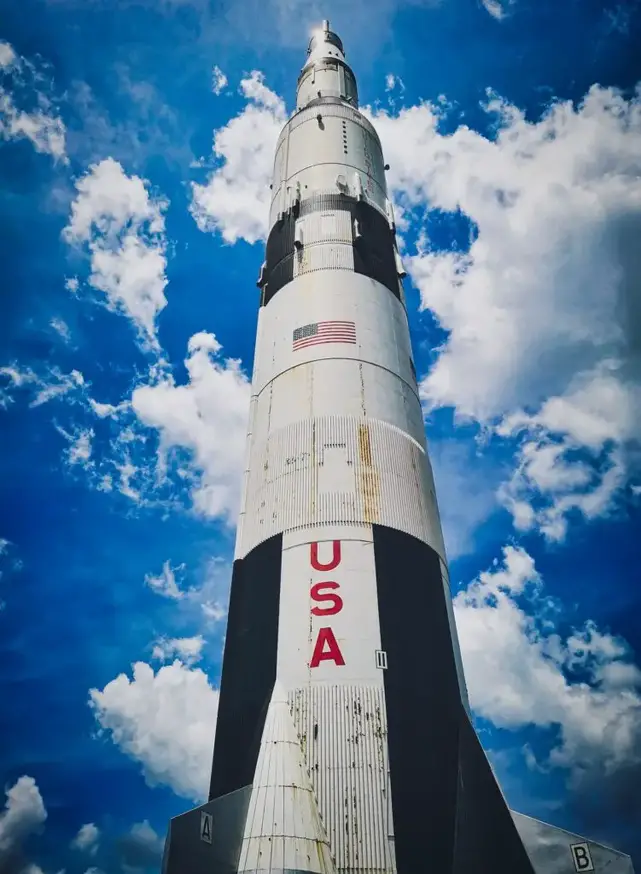
The Historic Splash Down
On July 24, about 44 hours after leaving the moon orbit, the re-entry procedures commenced immediately. The crew separated the Service Module (SM) from the Command Module (CM) and adjusted to a heat-shield-forward position. At about 195 hours, 13 minutes into the flight, the Parachute deployment of the space probe carrying the astronauts occurred.
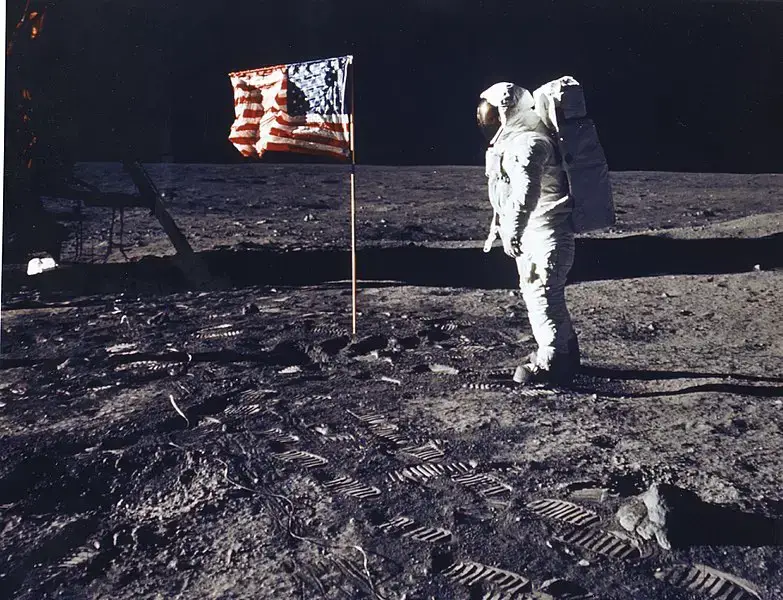
The Apollo 11 splashdown occurred in the Pacific Ocean after 195 hours, 18 minutes, 35 seconds into the mission. This splashdown took place about 36 minutes longer than planned. The spacecraft splashed down about 13 miles from the recovery ship USS Hornet. Bad weather conditions made NASA change the landing region by 250 miles away. Finally, On July 24, 1969, Apollo 11 crew landed on Earth at 13 degrees, 19 minutes north latitude and 169 degrees, nine minutes west longitude.
How Apollo 11 Mission Is Inspiring The Future Of Humanity Outside Earth
Over 650 million people viewed the success of the Apollo 11 mission across the world in 1969. This shows the excitement people derived in the first manned mission to another celestial body for the first time. In the 21st century, NASA and other space agencies are building fascinating space technologies that will enable humans to survive in deep space in the future. The American space agency is working on its Artemis space program to return humans to the moon and establish a permanent human presence on the lunar surface.
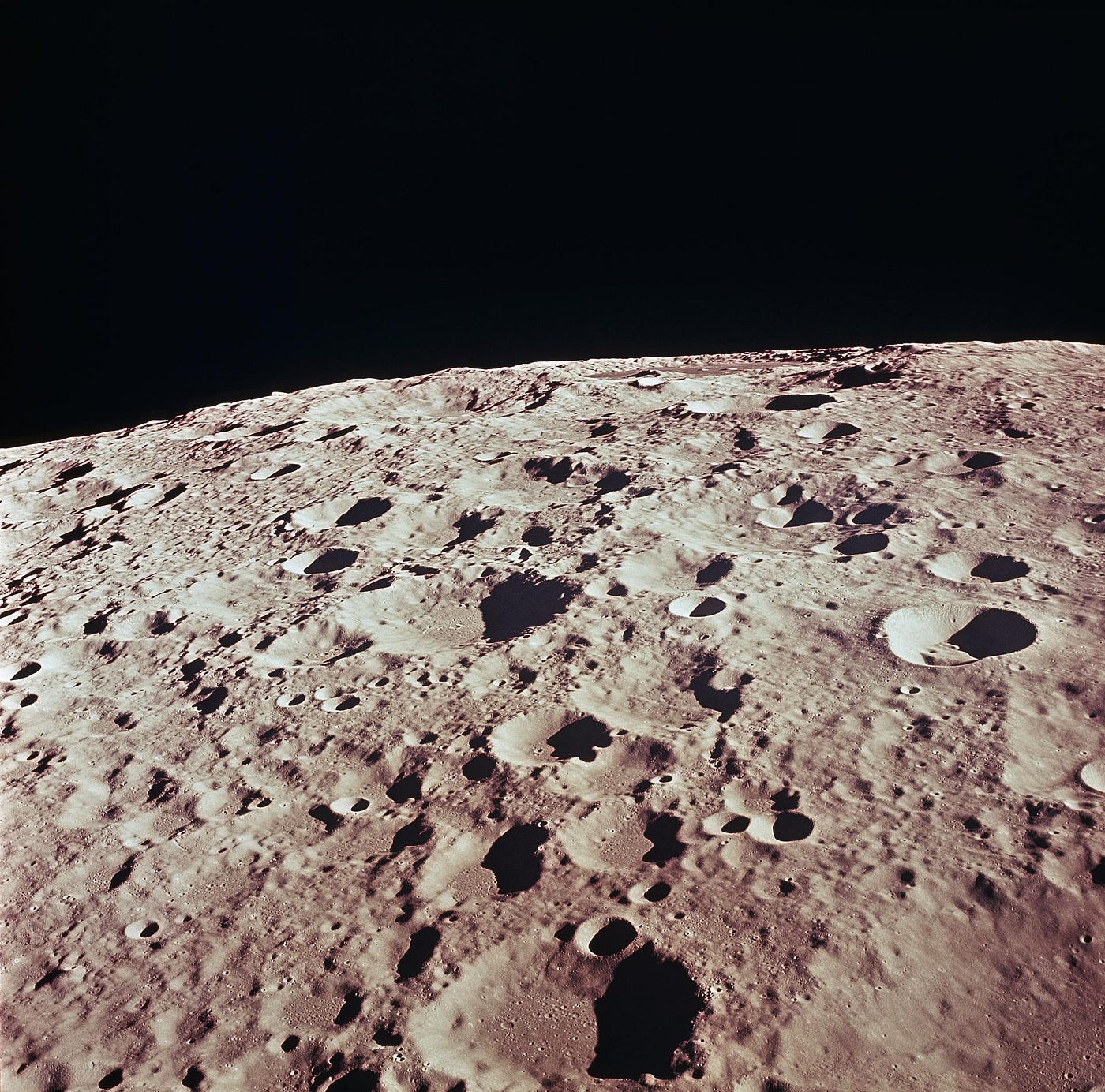
NASA has successfully accomplished the first phase of its Artemis space mission and currently working on the Artemis 2 mission which will take astronauts around the lunar orbit in 2024. The Agency also partnered with SpaceX to build a sophisticated lunar lander vehicle that will land the first woman and person of color on the lunar surface in early 2026.
The American Space Agency also partnered with other countries to build the lunar gateway which will help it accomplish permanent human presence on the moon. With the effort NASA is making so far, we should be expecting the first batch of astronauts on the lunar surface before the end of this decade and possibly establishing a permanent human presence on the moon before the end of this century. All the progress we are making in the 21st century was inspired by the first moon landing mission.
Conclusion
The Apollo 11 crew unlock the gateway to human lunar exploration. In the 21st century, space agencies are working to establish a permanent human presence on the moon. What do you think about the future of humanity outside Earth?


